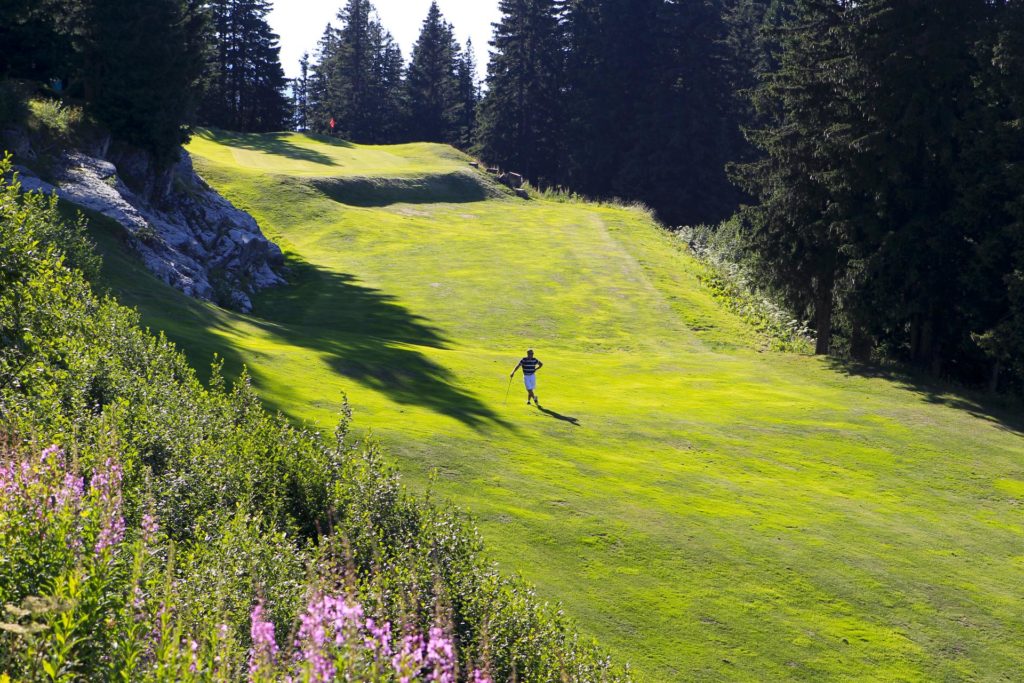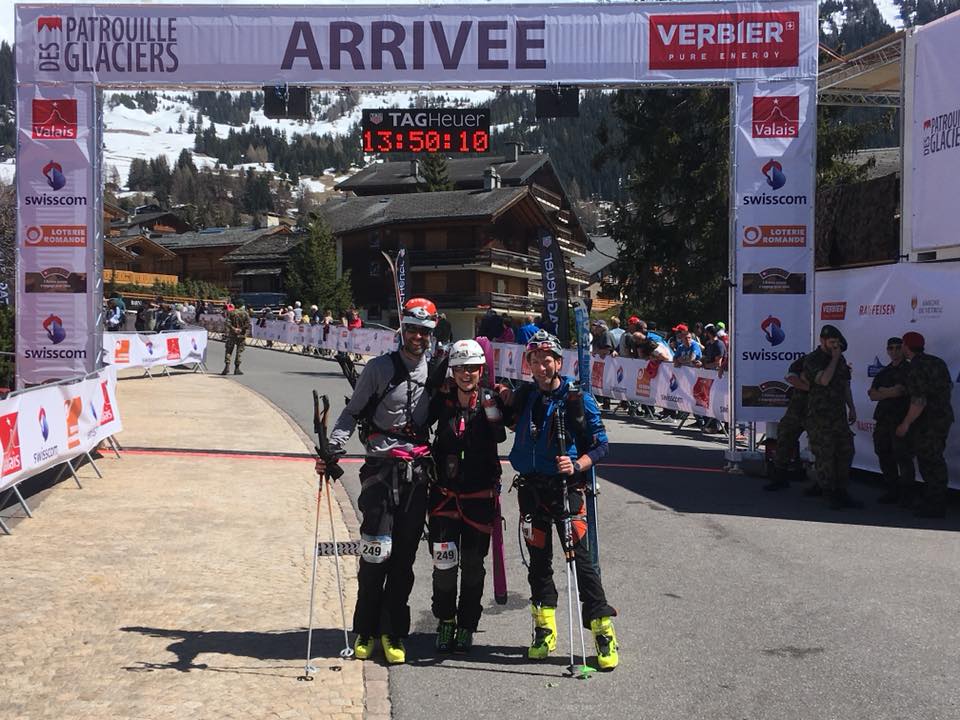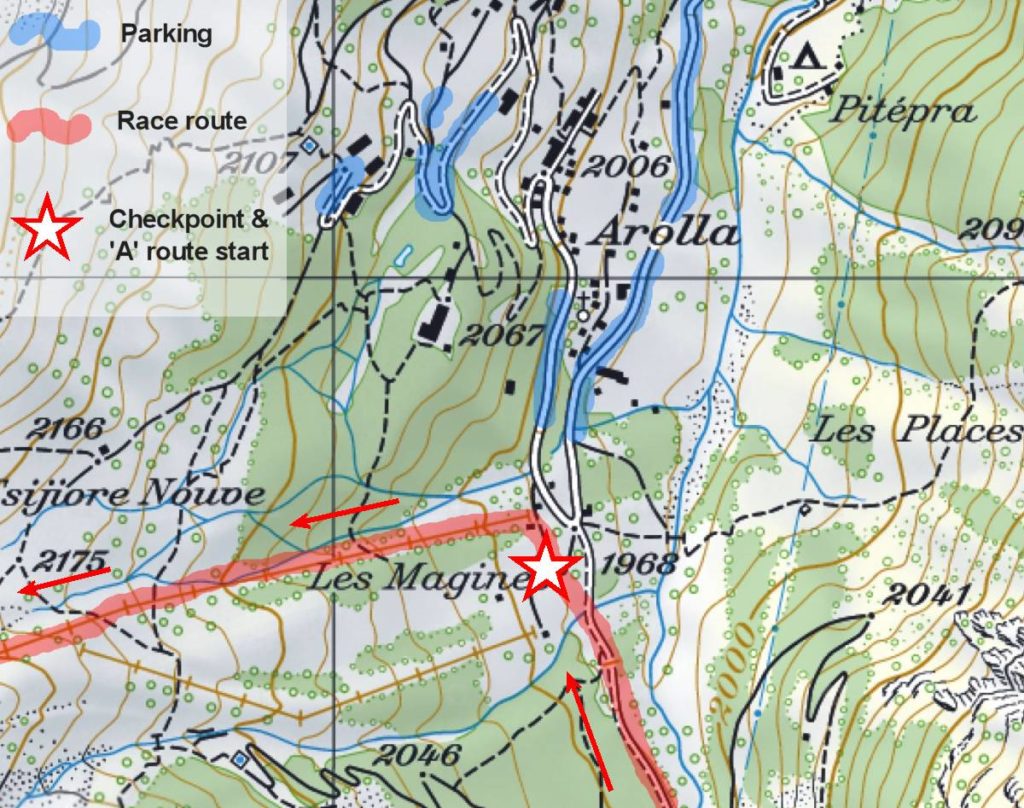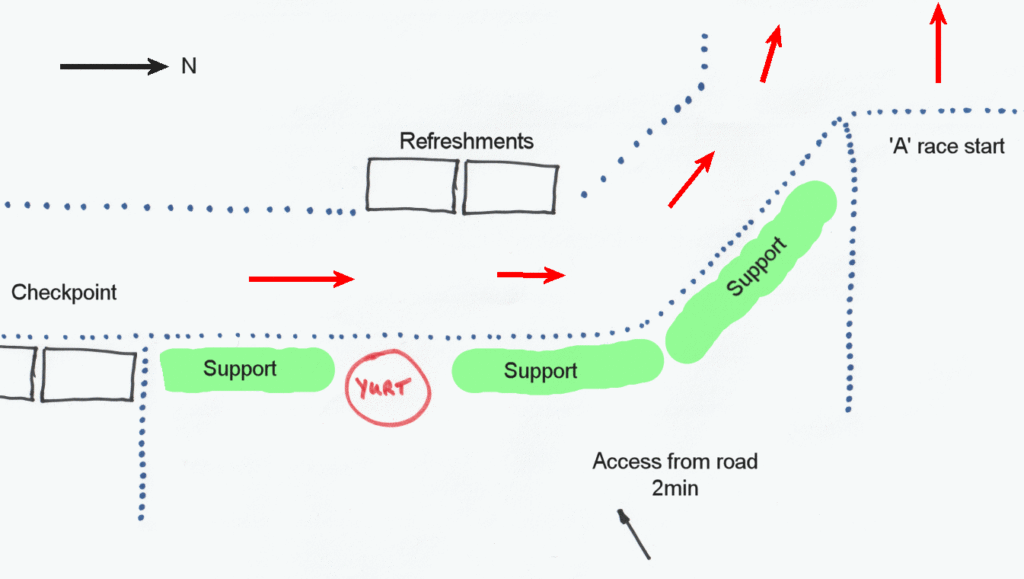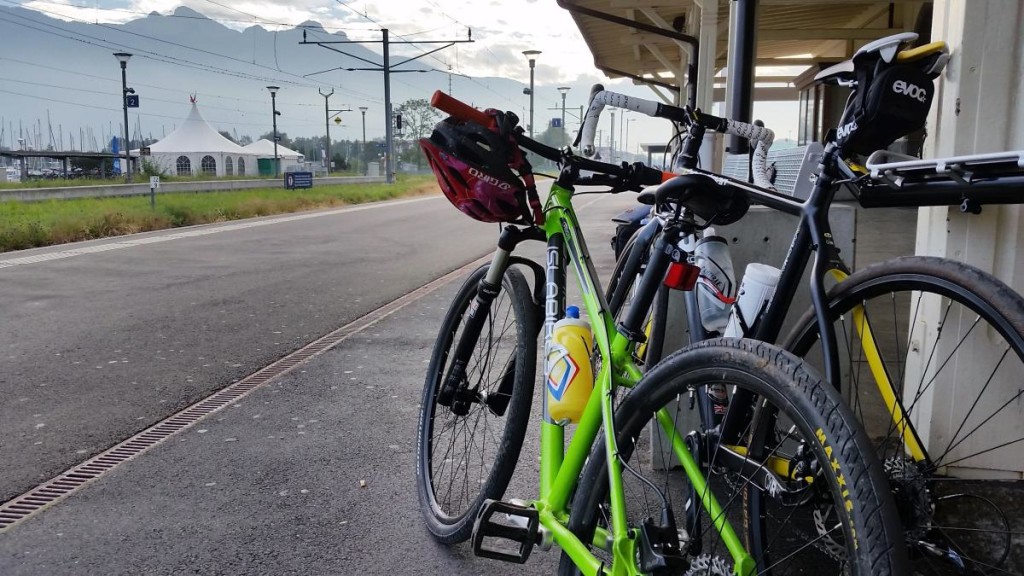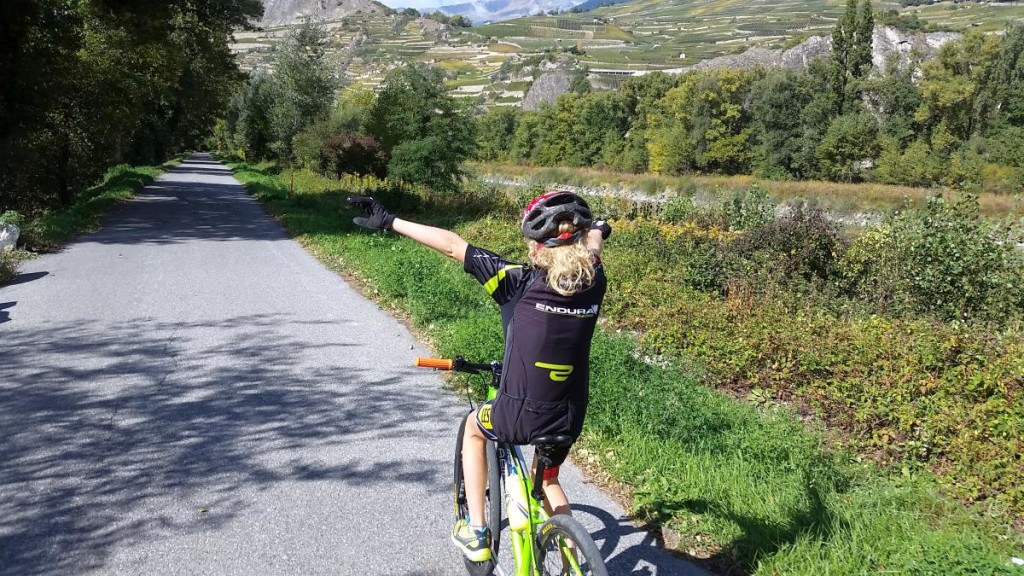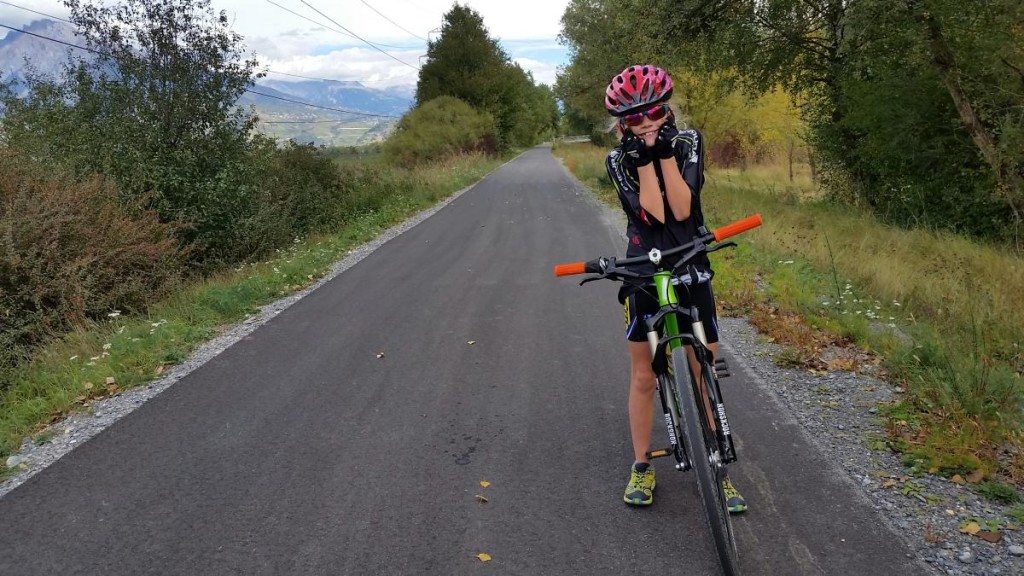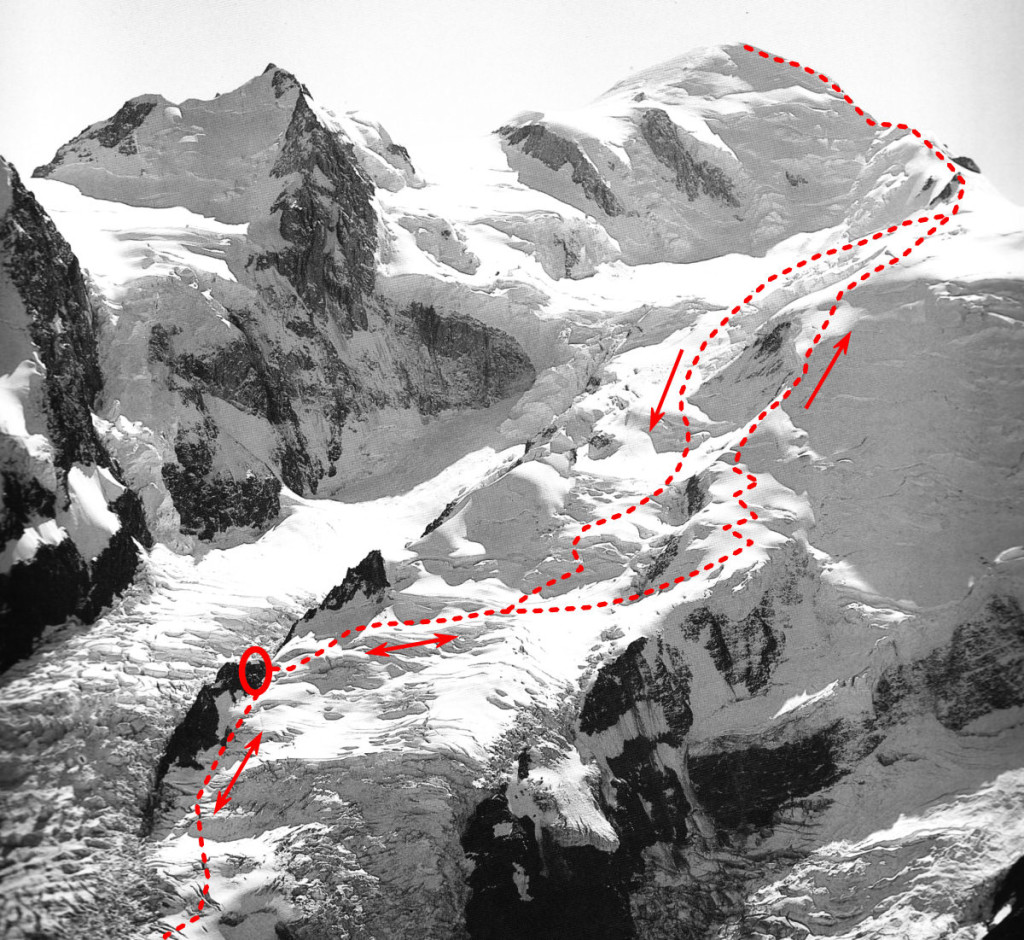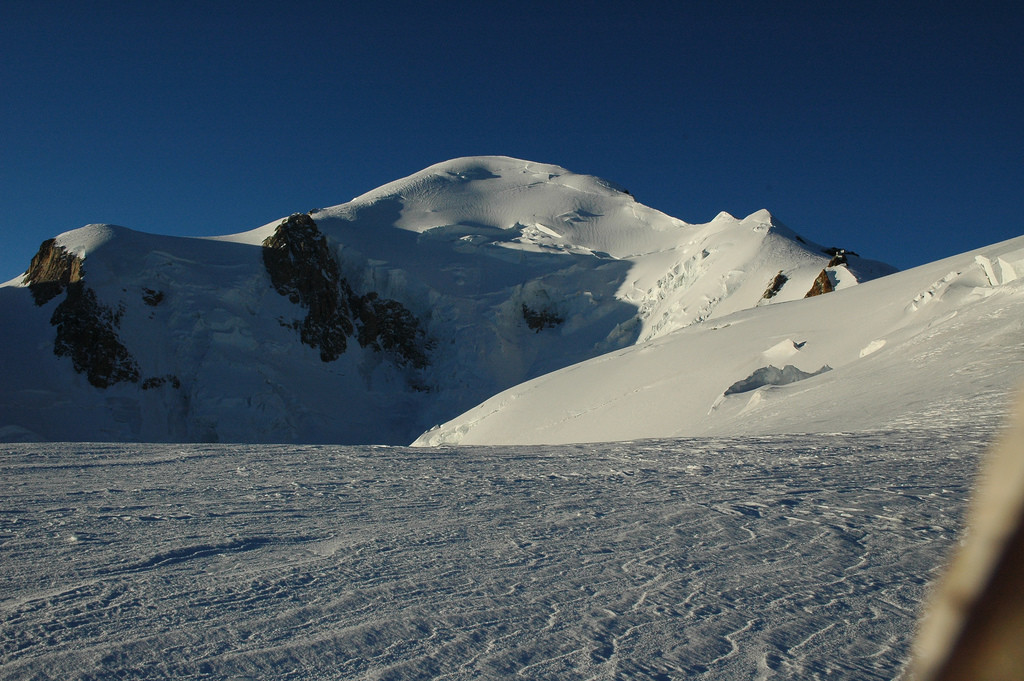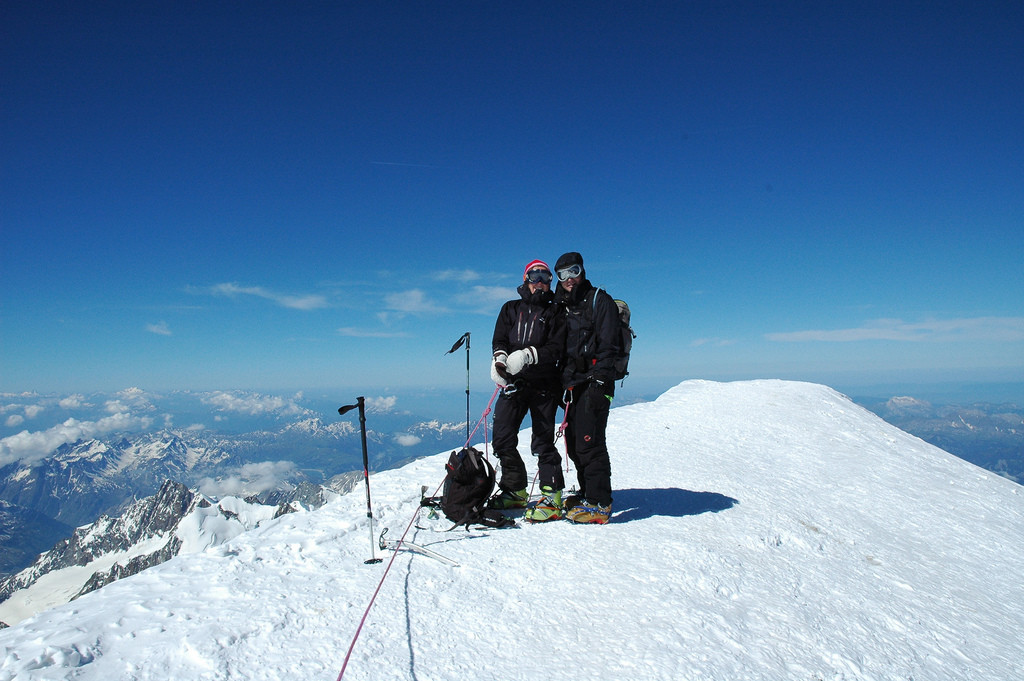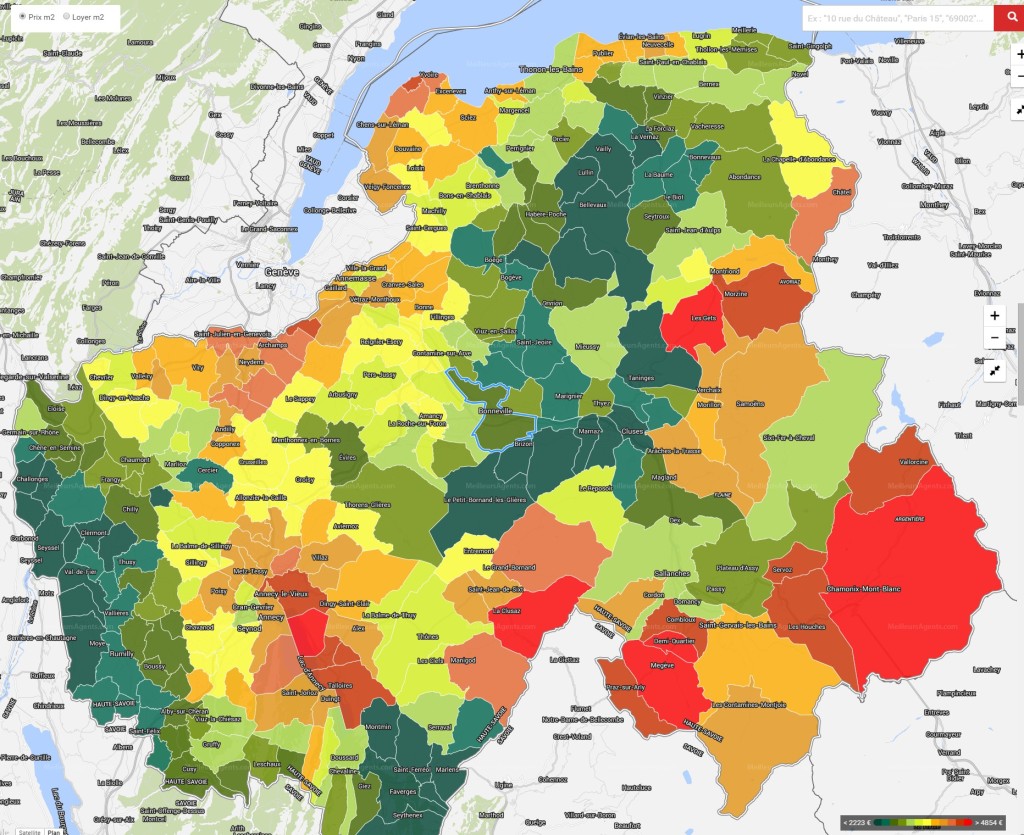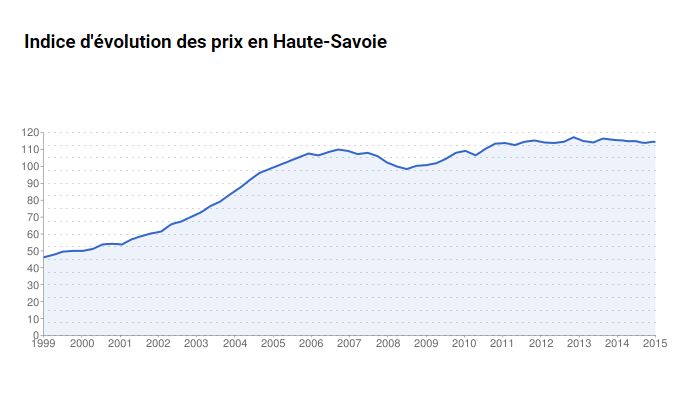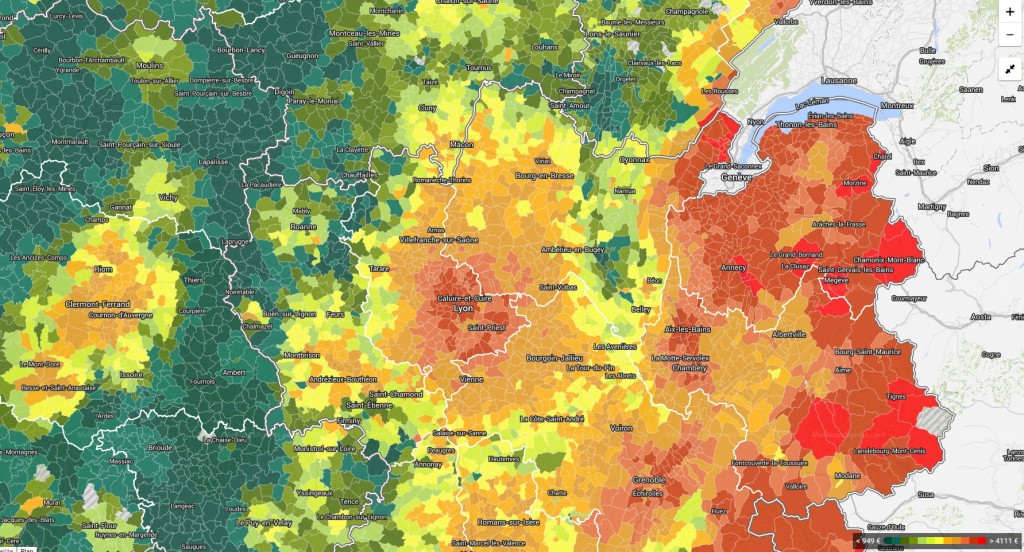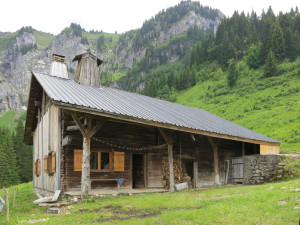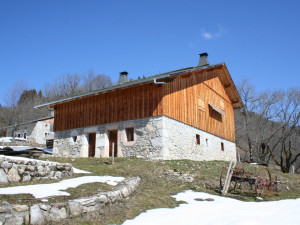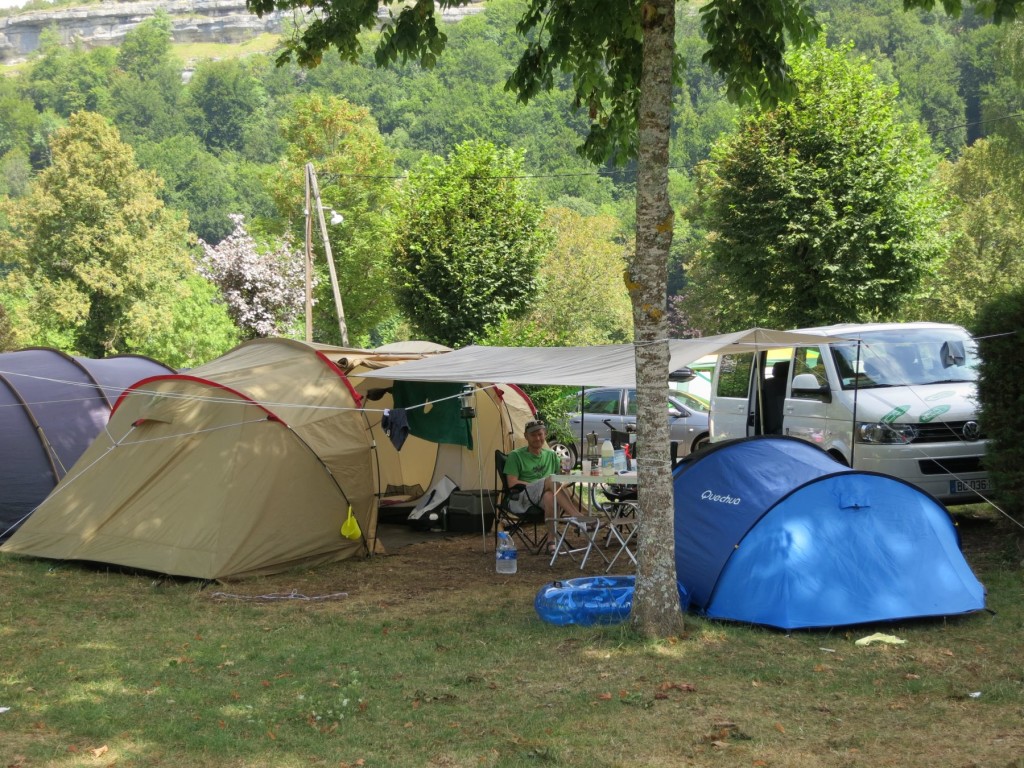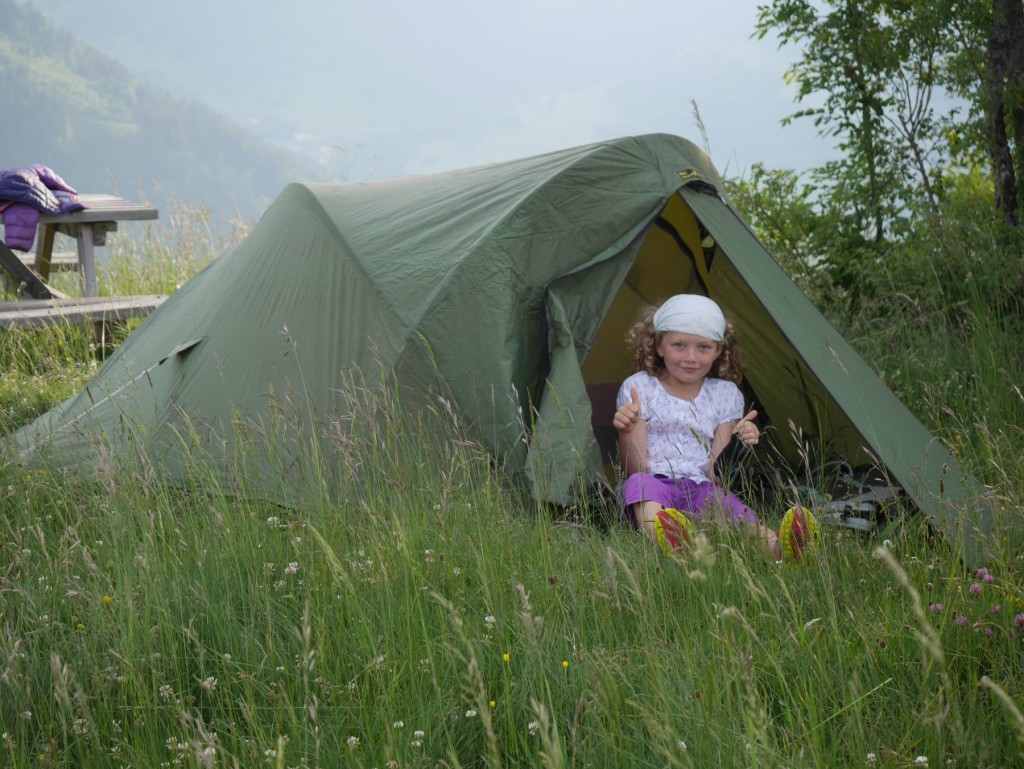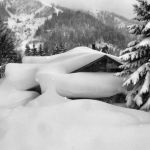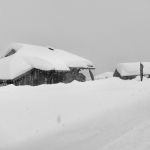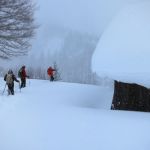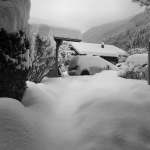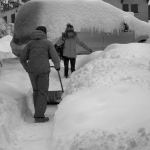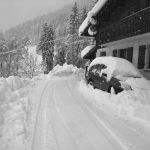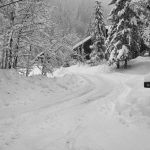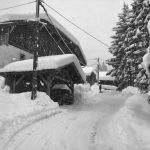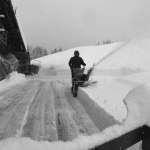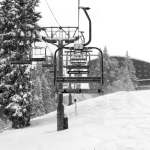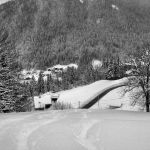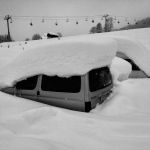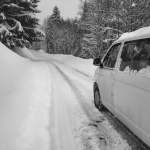Fake News and Myth buster
The first thing to understand is that all transport has an environmental cost. However some forms of transport have a higher cost to the environment than others.
There is a lot of mis-information going around on social media at the moment, trying to claim that electric cars are not a “green” form of transport. Remember what they are up against. Oil companies and the car lobby, both huge and neither play fair. The reason the oil companies hate EV’s is obvious. You might wonder why the car manufactures have an issue though, it’s because in the short-term they can’t make any money from them. They’ll change their tune in time when they have re-tooled for the job. It is starting, but has taken years. The lead has been taken by Tesla, Nissan/Renault and to a smaller extent BMW, that is it though. And between the last 3 they only really have 3 models available to buy!
It is true that a new EV has a higher cost to the environment that a new IC vehicle (so a vehicle with an Internal Combustion engine). This remains the case if the vehicle is not used. But as each vehicle is used the environmental cost of the EV quickly catches up with the IC car. That’s because the IC is continually adding CO2 into the environment. The initial cost to the environment for an EV is mostly in the manufacturing of the battery.
Recycling
The same goes for making the photovoltaic panels (PV’s), that has an environmental impact, however over their life they pay back the environment many times over. They are due to last 30 years, perhaps more. Then what happens to them? Well they are mostly glass, and like glass can be recycled. The same goes for the batteries. They can either be re purposed, so used in a house, or recycled. I’d be very keen to buy some old EV batteries to add to my house, if only I could get them at a good price.
Here is a great infographic that explains about recycling PV’s. It’s from these guys.
https://www.greenmatch.co.uk/blog/2017/10/the-opportunities-of-solar-panel-recycling
If everyone had an electric car the grid would not cope / we’d have to build 20 new nuclear power stations.
This is another one that I see a lot. It is mainly based on erroneous calculations. Generally assuming that everyone will use their EV to full capacity every day and then they’ll all plug in at the same time. If that did happen then there would indeed be a problem. However.
- It will take a very long time for people to covert to EV’s, currently only 3% of new cars sold are pure EV’s.
- On average we don’t drive very far each day, something like 30 km for each car each day. We don’t all plug in at the same time either.
- The way we use electricity is changing fast, our biggest issue in the future is going to be storing the power we generate during the day from PV’s and wind. The EV battery could be the answer to this. It is early days but a combination of EV’s being used to store power and discharge it to others at peak times could be a real revolution.
This last argument is being put about by the big energy firms. However, they have a history of trying to kill new technology to protect their position. Salter’s duck is an example.
https://en.wikipedia.org/wiki/Salter%27s_duck
Some more resources on the subject.
http://theconversation.com/which-transport-is-the-fairest-of-them-all-24806
https://www.theguardian.com/football/ng-interactive/2017/dec/25/how-green-are-electric-cars
https://phys.org/news/2018-05-electric-vehicles-billions-energy-storage.html

![Recycling: A Solar Panels Life after Death [infographic]](https://www.greenmatch.co.uk/media/2464286/recycling-a-solar-panels-life-after-death.png)
